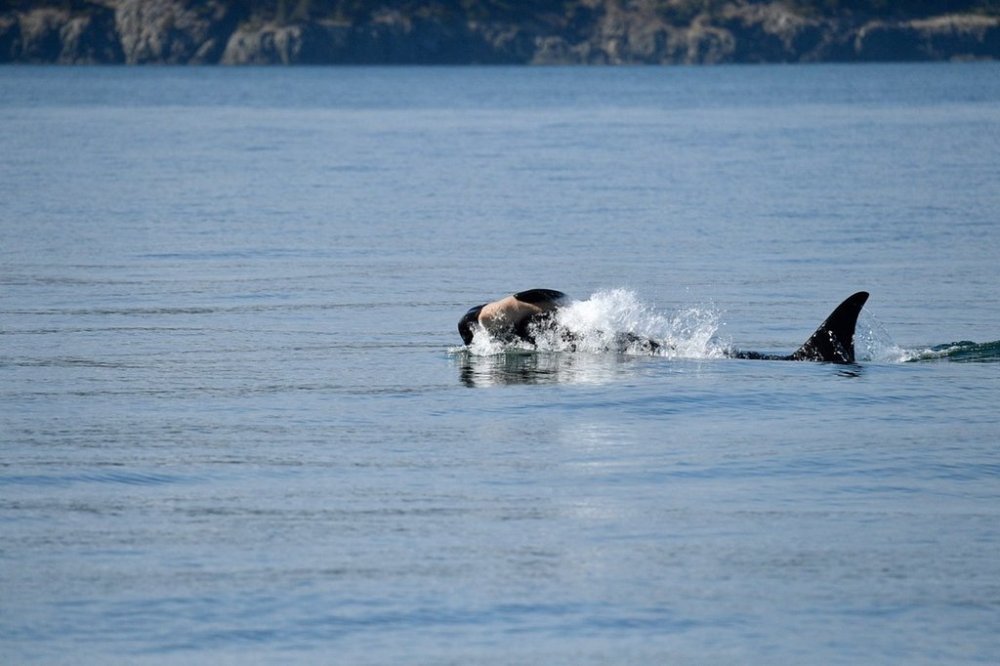Once again, an endangered orca in Washington state is seen carrying a dead calf
Advertisement
Read this article for free:
or
Already have an account? Log in here »
To continue reading, please subscribe:
Monthly Digital Subscription
$1 per week for 24 weeks*
- Enjoy unlimited reading on winnipegfreepress.com
- Read the E-Edition, our digital replica newspaper
- Access News Break, our award-winning app
- Play interactive puzzles
*Billed as $4.00 plus GST every four weeks. After 24 weeks, price increases to the regular rate of $19.00 plus GST every four weeks. Offer available to new and qualified returning subscribers only. Cancel any time.
Monthly Digital Subscription
$4.75/week*
- Enjoy unlimited reading on winnipegfreepress.com
- Read the E-Edition, our digital replica newspaper
- Access News Break, our award-winning app
- Play interactive puzzles
*Billed as $19 plus GST every four weeks. Cancel any time.
To continue reading, please subscribe:
Add Winnipeg Free Press access to your Brandon Sun subscription for only
$1 for the first 4 weeks*
*$1 will be added to your next bill. After your 4 weeks access is complete your rate will increase by $0.00 a X percent off the regular rate.
Read unlimited articles for free today:
or
Already have an account? Log in here »
EASTSOUND, Wash. (AP) — Once again, an endangered orca in Washington state has been seen carrying her dead newborn calf in an apparent effort to revive it.
Researchers with the Center for Whale Research, SeaDoc Society and San Diego Zoo Wildlife Alliance said they received reports on Friday that the whale — identified as J36 — was pushing the dead calf in Rosario Strait, part of the Salish Sea in the San Juan Islands. They were able to confirm that the female calf, which still had its umbilical cord attached, was deceased.
Calf mortality is always high among orcas, but the endangered population of killer whales that frequent the marine waters between Washington state and Canada have especially struggled in recent decades due to a lack of their preferred prey, Chinook salmon, as well as pollution and vessel noise that interferes with their hunting. There are 73 whales remaining in the so-called Southern Resident population.

Early this year, another Southern Resident orca — known as Tahlequah, or J35 — was observed carrying the body of a deceased newborn. Tahlequah made global headlines in 2018 for carrying a dead calf for more than 1,000 miles (1,600 km) over 17 days.
Researchers said it wasn’t clear if J36’s calf had been born alive. Based on prior observations of the whale, the calf would have been no more than three days old when it was spotted dead on Friday.
J36 was not carrying the calf when researchers observed her on Saturday, said SeaDoc Society spokesperson Justin Cox.

